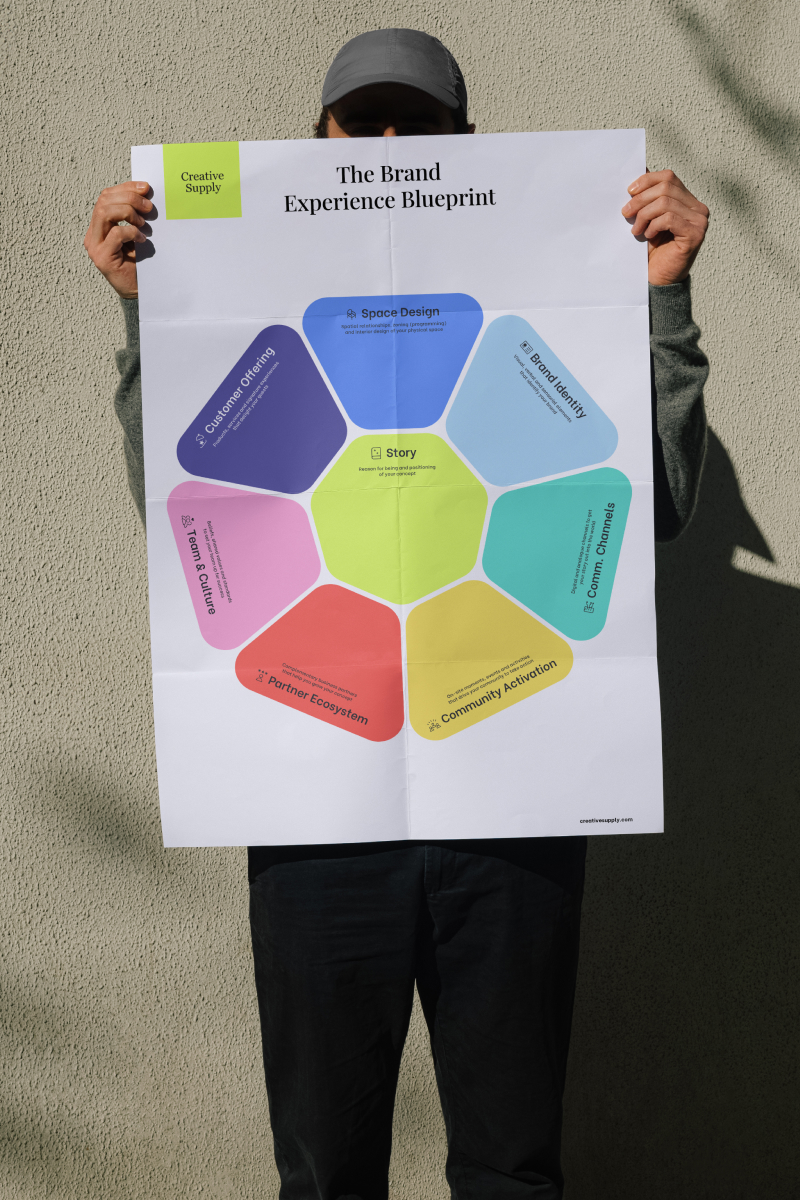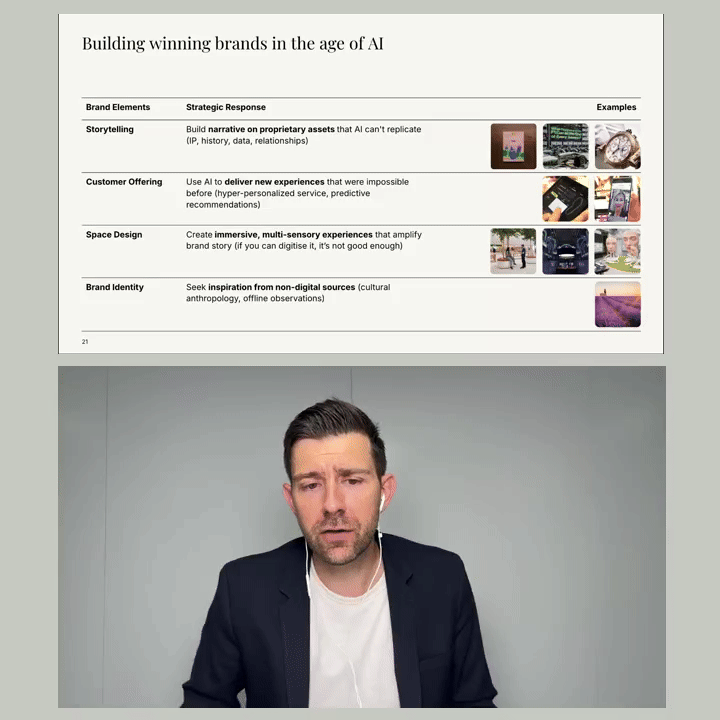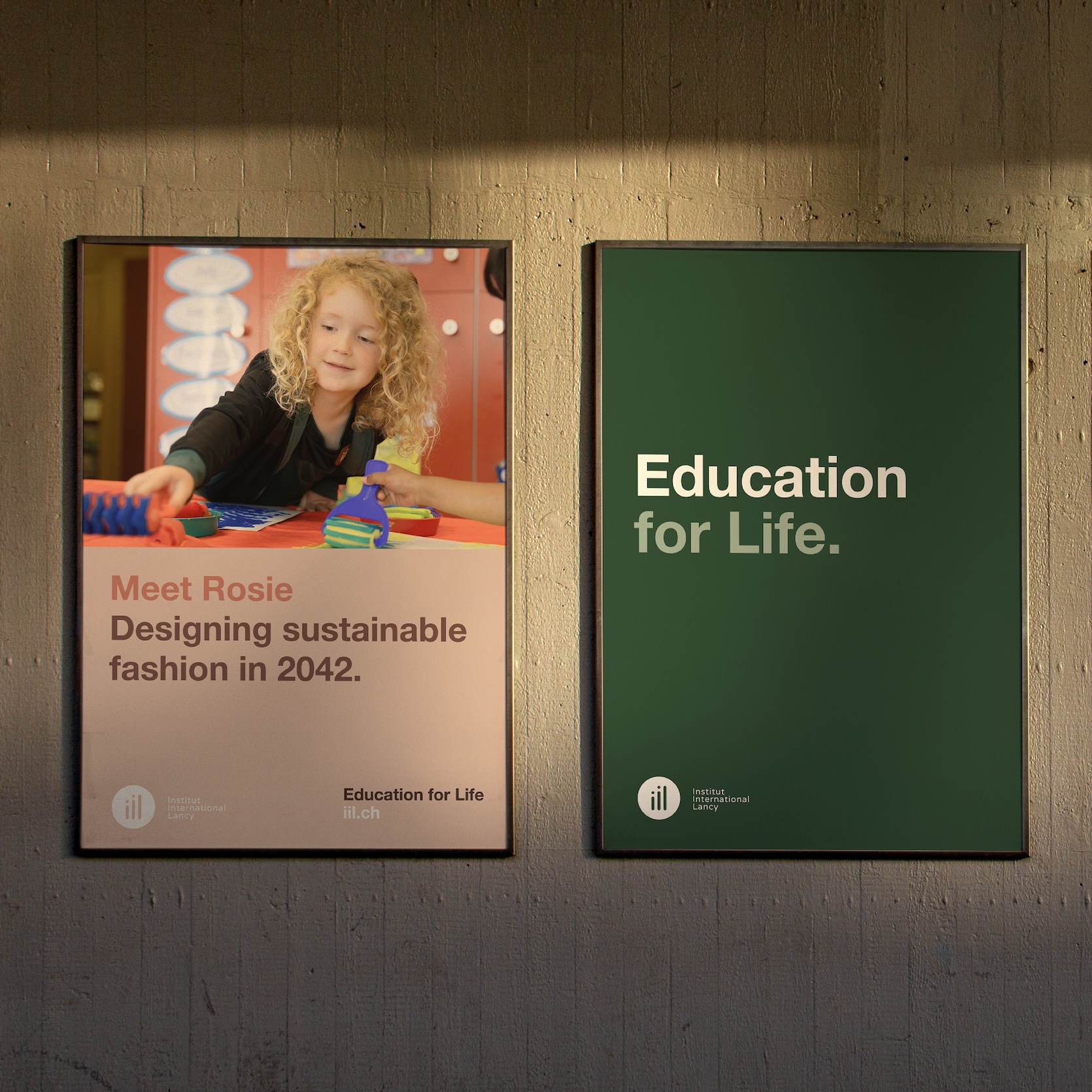3 Core Principles of Great Brand Storytelling
You’re on your way to creating your own unique story. Keep in mind these three tips when creating your own brand story.

1. Have a clear audience
Your audience dictates many of the finer points of your story. Your tone of voice, subjects that can or cannot be mentioned and your use of humour are all affected by your audience. The first question a marketer should ask him/herself is: who am I talking to, and what story will get their attention? An older, conservative and suburban audience has vastly different needs and expectations than a young and urban one. Only with a clear picture of your audience can you develop your brand story.
People will forget what you said, people will forget what you did, but people will never forget how you made them feel.
Maya Angelou, American poet and civil rights activist
2. Focus on emotions
Emotion is what’s left when people have forgotten your story. As stories get told and retold over and over again, the repetition can lead to numbness or even indifference. But an emotional bond is much harder to alter, even if your story or your products change. This connection influences everything from price sensitivity to how people engage with the brand and how likely they are to become brand advocates.
3. Let your story grow
When trying to design a successful brand story, you could be inclined to create one that’s as solid and future-proof as possible - altering your brand identity can be a long and resource-intensive process, so it makes sense to get as much bang for your buck as possible. Yet the best way to future-proof your brand is not to set its story in stone, but rather to build room within the story for evolution and growth.
3 Core Principles of Great Brand Storytelling



3 Core Principles of Great Brand Storytelling
You’re on your way to creating your own unique story. Keep in mind these three tips when creating your own brand story.
1. Have a clear audience
Your audience dictates many of the finer points of your story. Your tone of voice, subjects that can or cannot be mentioned and your use of humour are all affected by your audience. The first question a marketer should ask him/herself is: who am I talking to, and what story will get their attention? An older, conservative and suburban audience has vastly different needs and expectations than a young and urban one. Only with a clear picture of your audience can you develop your brand story.
People will forget what you said, people will forget what you did, but people will never forget how you made them feel.
Maya Angelou, American poet and civil rights activist
2. Focus on emotions
Emotion is what’s left when people have forgotten your story. As stories get told and retold over and over again, the repetition can lead to numbness or even indifference. But an emotional bond is much harder to alter, even if your story or your products change. This connection influences everything from price sensitivity to how people engage with the brand and how likely they are to become brand advocates.
3. Let your story grow
When trying to design a successful brand story, you could be inclined to create one that’s as solid and future-proof as possible - altering your brand identity can be a long and resource-intensive process, so it makes sense to get as much bang for your buck as possible. Yet the best way to future-proof your brand is not to set its story in stone, but rather to build room within the story for evolution and growth.
Download3 Core Principles of Great Brand Storytelling
1. Have a clear audience
Your audience dictates many of the finer points of your story. Your tone of voice, subjects that can or cannot be mentioned and your use of humour are all affected by your audience. The first question a marketer should ask him/herself is: who am I talking to, and what story will get their attention? An older, conservative and suburban audience has vastly different needs and expectations than a young and urban one. Only with a clear picture of your audience can you develop your brand story.
People will forget what you said, people will forget what you did, but people will never forget how you made them feel.
Maya Angelou, American poet and civil rights activist
2. Focus on emotions
Emotion is what’s left when people have forgotten your story. As stories get told and retold over and over again, the repetition can lead to numbness or even indifference. But an emotional bond is much harder to alter, even if your story or your products change. This connection influences everything from price sensitivity to how people engage with the brand and how likely they are to become brand advocates.
3. Let your story grow
When trying to design a successful brand story, you could be inclined to create one that’s as solid and future-proof as possible - altering your brand identity can be a long and resource-intensive process, so it makes sense to get as much bang for your buck as possible. Yet the best way to future-proof your brand is not to set its story in stone, but rather to build room within the story for evolution and growth.






